The Beauty Of Hydrangea Rose
Hydrangea rose is a beautiful and versatile flower that can be grown in a variety of settings. It is a hybrid of hydrangea and rose, and it combines the best of both flowers. Hydrangea roses have the large, showy blooms of hydrangeas, but they also have the delicate fragrance and long-lasting qualities of roses.
Hydrangea roses come in a wide range of colors, including pink, blue, purple, white, and green. They can be grown in full sun or partial shade, and they are relatively easy to care for. Hydrangea roses are a popular choice for both home gardens and commercial landscaping.
In this blog post, we will explore the beauty of hydrangea rose in more detail. We will discuss the different types of hydrangea roses, how to care for them, and how to use them in your garden.
Types of Hydrangea Rose
There are many different types of hydrangea rose, but some of the most popular include:
- Hydrangea macrophylla 'Pink Beauty': This hydrangea rose has large, pink blooms that are perfect for adding a touch of color to your garden.
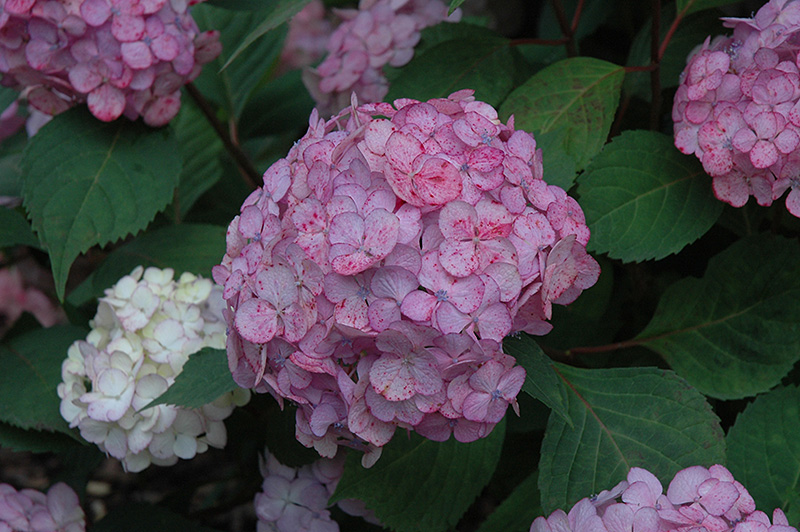
- Hydrangea macrophylla 'Blue Wave': This hydrangea rose has blue blooms that change to pink as they age. It is a popular choice for coastal gardens.

- Hydrangea paniculata 'Limelight': This hydrangea rose has large, white blooms that are perfect for adding a touch of elegance to your garden.
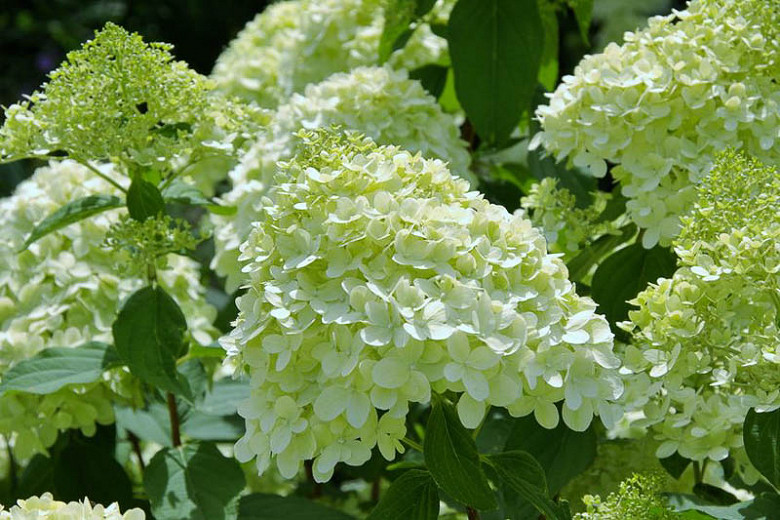
- Hydrangea arborescens 'Annabelle': This hydrangea rose has large, white blooms that are perfect for adding a touch of sweetness to your garden.
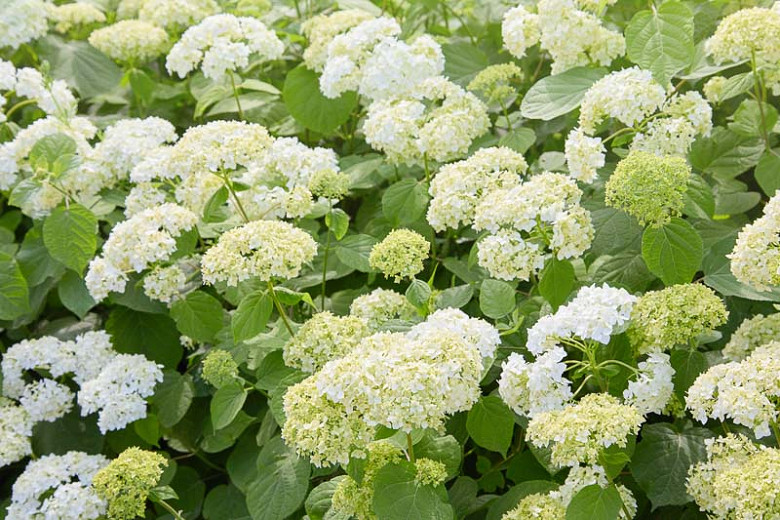
Caring for Hydrangea Rose
Hydrangea roses are relatively easy to care for, but they do have some specific needs. They prefer full sun or partial shade, and they need well-drained soil. Hydrangea roses should be watered regularly, especially during hot, dry weather. They also benefit from a light application of fertilizer in the spring.
Using Hydrangea Rose in Your Garden
Hydrangea roses can be used in a variety of ways in your garden. They can be planted as individual specimens, or they can be used to create hedges or borders. Hydrangea roses are also a popular choice for cut flowers.
If you are looking for a beautiful and versatile flower to add to your garden, hydrangea rose is a great option. With its large, showy blooms and delicate fragrance, hydrangea rose is sure to add a touch of elegance and sweetness to your garden.
Hydrangea rose is a beautiful and versatile flower that can be grown in a variety of climates. It is known for its large, showy blooms that can range in color from pink to blue to white. Hydrangea rose is also relatively easy to care for, making it a popular choice for both experienced and novice gardeners.
If you are interested in learning more about hydrangea rose, I recommend visiting the . This website has a wealth of information on all aspects of hydrangea rose care, including planting, watering, fertilizing, and pest control. You can also find a variety of hydrangea rose cultivars on the website, so you can find the perfect one for your garden.
FAQ of hydrangea rose
Q: What is a hydrangea rose?
A hydrangea rose is a hybrid plant that combines the best of both hydrangeas and roses. It has the large, showy blooms of a hydrangea, but the petals are shaped like roses. Hydrangea roses come in a variety of colors, including pink, blue, purple, and white.
Q: How do I care for a hydrangea rose?
Hydrangea roses are relatively easy to care for. They need full sun to partial shade and well-drained soil. Water them regularly, especially during hot, dry weather. Fertilize them in the spring and fall with a balanced fertilizer.
Q: What are the different types of hydrangea roses?
There are many different types of hydrangea roses, but some of the most popular include:
- Hydrangea macrophylla: This is the most common type of hydrangea rose. It has large, round blooms that can grow up to 12 inches in diameter.
- Hydrangea paniculata: This type of hydrangea rose has smaller, conical blooms. It is known for its long blooming period, which can last from summer to fall.
- Hydrangea serrata: This type of hydrangea rose has small, star-shaped blooms. It is known for its resistance to pests and diseases.
Q: How do I change the color of my hydrangea rose?
The color of hydrangea roses can be changed by adjusting the acidity of the soil. In acidic soil, hydrangea roses will bloom blue. In alkaline soil, they will bloom pink. To change the color of your hydrangea rose, you can add sulfur to acidic soil or lime to alkaline soil.
Q: What are some pests and diseases that can affect hydrangea roses?
Hydrangea roses are susceptible to a few pests and diseases, including:
- Aphids: Aphids are small, sap-sucking insects that can damage hydrangea roses. They can be controlled with insecticidal soap or neem oil.
- Leaf spot: Leaf spot is a fungal disease that can cause leaves to develop brown spots. It can be controlled with fungicide.
- Rust: Rust is another fungal disease that can cause leaves to develop orange or yellow spots. It can be controlled with fungicide.
Image of hydrangea rose
- Hydrangea Rose Flower in Full Bloom. This image shows a beautiful hydrangea rose flower in full bloom. The flower is a deep pink color with white edges. The petals are arranged in a cascading pattern.

- Hydrangea Rose Bush in Bloom. This image shows a hydrangea rose bush in full bloom. The bush is covered in pink and white flowers. The flowers are arranged in clusters.
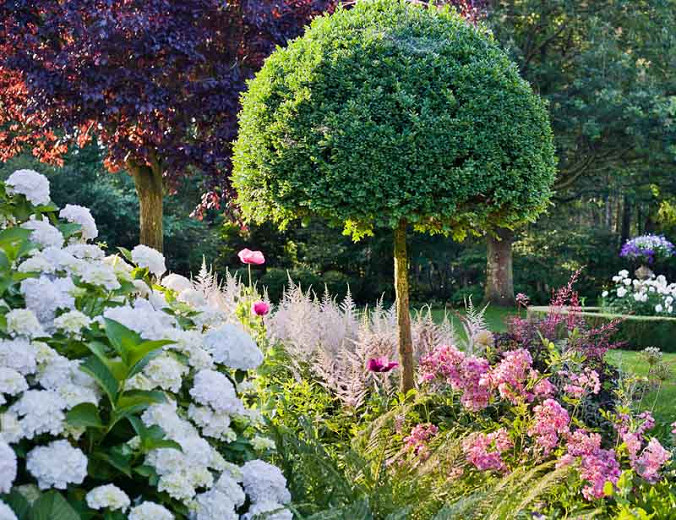
- Hydrangea Rose Plant in a Pot. This image shows a hydrangea rose plant in a pot. The plant is about 2 feet tall and has several pink and white flowers. The leaves are a dark green color.

- Hydrangea Rose Bouquet. This image shows a bouquet of hydrangea rose flowers. The bouquet is made up of pink, white, and blue flowers. The flowers are arranged in a cascading pattern.

- Hydrangea Rose Wallpaper. This image shows a hydrangea rose wallpaper. The wallpaper is a light pink color with white flowers. The flowers are arranged in a repeating pattern.
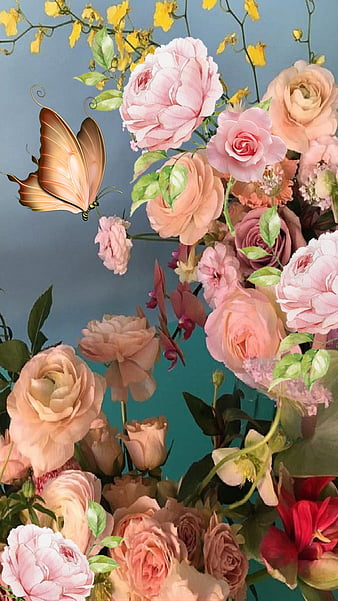
Post a Comment for "The Beauty Of Hydrangea Rose"